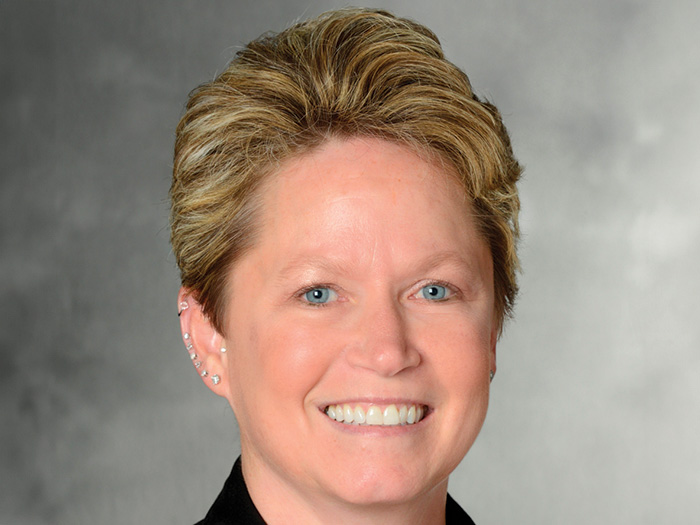Driving Toward Coverage Solutions on the Bumpy Road of Commercial Auto
Recent insurer exits from the commercial auto insurance sector have garnered significant attention. But while brokers and agents may feel the pinch in the short term, it’s unlikely these withdrawals from commercial auto will serve as a catalyst for industry collapse, or anything close to it.
Rather, transportation insurer turnover is simply a reflection of the headwinds plaguing commercial auto: escalating costs, shrinking profit margins and heightened risks. Consider how commercial auto premiums have increased for 45 consecutive quarters — over 11 years and counting.
Given the fragmented nature of the commercial auto marketplace, the exit of any one player — even a Fortune 100 company — means upheaval will be limited. Still, these departures are sparking introspection among industry professionals about the overall landscape and what the future may hold for policyholders.
Despite an uncertain environment, there is reason to be optimistic for the future — though brokers and insureds may need to jump through extra hoops to secure favorable coverage in the interim.
What’s Driving Insurers to Exit Commercial Auto?
Plainly speaking, profitability — or the lack thereof — is a primary driver prompting insurers to leave the commercial auto market. The bottom line has been a challenge for the past decade, but the industry has experienced a significant uptick in the past three years.
Why? First, driving behaviors have worsened, resulting in a significant increase in fatal accidents and a riskier environment. The National Highway Traffic Safety Administration reported a 10.5% rise in accident-related fatalities just from 2020 to 2021. Possible explanations range from complacency behind the wheel to increased mobile device usage.
Payouts from claims are getting more expensive, too. Social inflation, marked by increasingly common nuclear verdicts, is necessitating multimillion-dollar payouts. Additionally, the cost of vehicle repairs is skyrocketing, and recent inflationary pressure isn’t the only culprit.
Today’s vehicles are equipped with more advanced technologies than ever, and repairs are becoming less affordable. Electric vehicles in particular require advanced specialization to service them. As a result, an increasing number of vehicles are being totaled out due to repair costs.
Combined, these factors result in larger and more frequent insurance claims, higher loss ratios and the need for significant premium increases. Additionally, some state regulations are exacerbating the situation, constraining insurers’ ability to keep pace with rising costs. For example, California requires approval from its Insurance Commissioner for rate increases, and there are currently significant delays.
What Does This Mean for Brokers, Policyholders and Insurers?
As major carriers complete their exits, it may be more difficult for certain policyholders to obtain insurance coverage. Insurers have limits on how much risk they can absorb, potentially leaving high-risk transportation companies or those operating in heavily regulated states, such as California, unable to secure coverage.
Alternatively, even if insureds manage to secure coverage, premiums could be cost-prohibitive. Considering insurance is the fifth-largest line item for commercial auto companies, a price hike could significantly affect profit margins.
Additionally, now that transportation needs arising during the pandemic have cooled off, the combination of higher premiums and decreasing freight rates is resulting in more mergers and liquidations within the commercial auto space.
Despite the challenges and tough market conditions, there is an upside. Specialty commercial auto insurance carriers are gaining traction and earning greater market share. As large insurers with diverse lines of business exit the sector, boutique specialty players see this as a prime opportunity to expand and fill the gap left behind.
How Can Brokers Support Their Clients?
While smaller boutique firms are already starting to expand their market share (and in turn offer more options to policyholders), this transition is happening quite gradually. In the meantime, brokers and policyholders can take proactive measures to improve their insurance submissions and increase their chances of securing coverage today.
First and foremost, submissions need to be as detailed as possible. Commercial auto coverage submissions are far more intricate and scrutinized by underwriters than many other types of insurance applications due to the high level of risk.
It’s important to answer all questions in the application and supply supporting information — such as data about driving history and claims history, as well as future plans for risk mitigation — to strengthen the submission.
While policyholders tend to shy away from disclosing risks for fear it will weaken their application, full transparency is key. Rather than hiding risk, the better move is for insureds to be up front and include specific countermeasures to prevent accidents and improve safety.
With strong submissions, insureds will (hopefully) have a choice of quotes.
For brokers offering guidance to clients, remind insureds that the lowest premium isn’t necessarily the best option. Policyholders should consider various factors, such as the financial strength of the carrier, their requirements, policy provisions, financial obligations and more. Due diligence is vital to avoid the need for carrier shopping each renewal season.
Lastly, brokers and insureds should consider collaborating with experts well-versed in the space. Insurance, including commercial auto, relies heavily on relationships. Partnerships with wholesalers and professionals who possess deep expertise in the industry, application submission requirements, evolving regulations and providers will prove invaluable.
What’s Ahead for the Commercial Auto Insurance Landscape?
Despite the challenges of recent years, the future of commercial auto insurance looks promising. New legislation, such as a proposal submitted in Iowa earlier this year, aims to impose caps on claims to deter nuclear verdicts and reduce the payouts required by insurers.
Additionally, telematics and other technologies are poised to help policyholders and insurers identify risks more effectively, benefiting both parties. Insurers can refine policy pricing by understanding policyholder behaviors, while policyholders can enhance safety by pinpointing risk areas within their operations.
Ultimately, these exits simply confirm what we all already know: Costs are rising and risks are increasing, driving large insurers with diverse business lines to cut their losses.
Fortunately, there’s good reason for optimism. Specialty players are stepping up to fill market gaps, and new legislation and technology will change the landscape for the better. In the interim, brokers and policyholders will need to forge ahead like they always have. &










